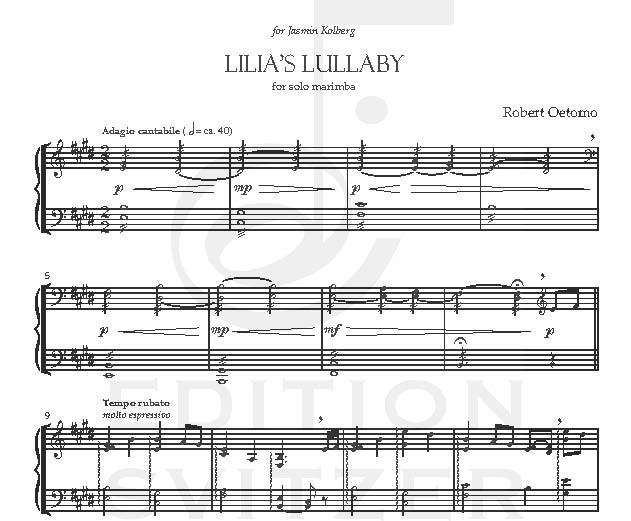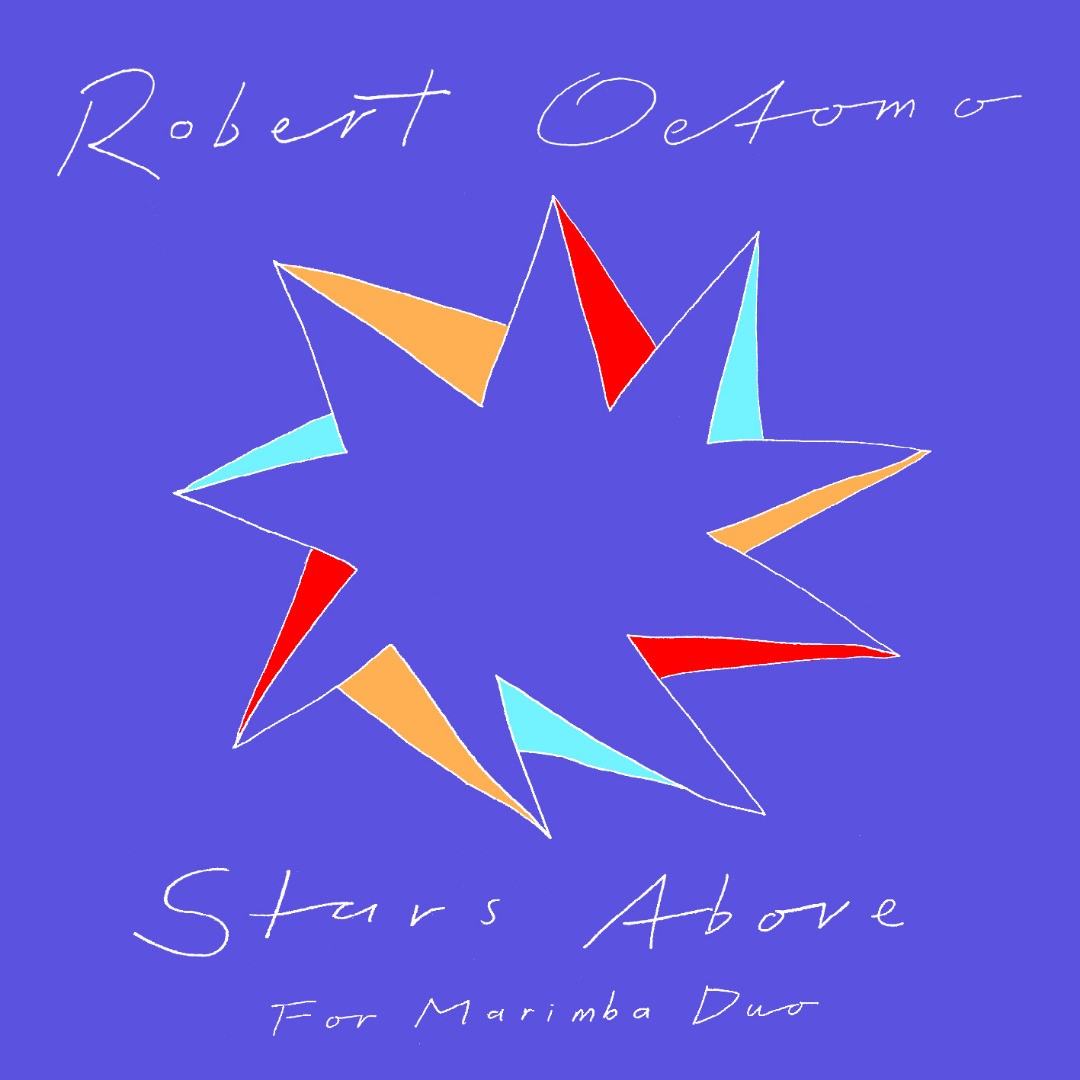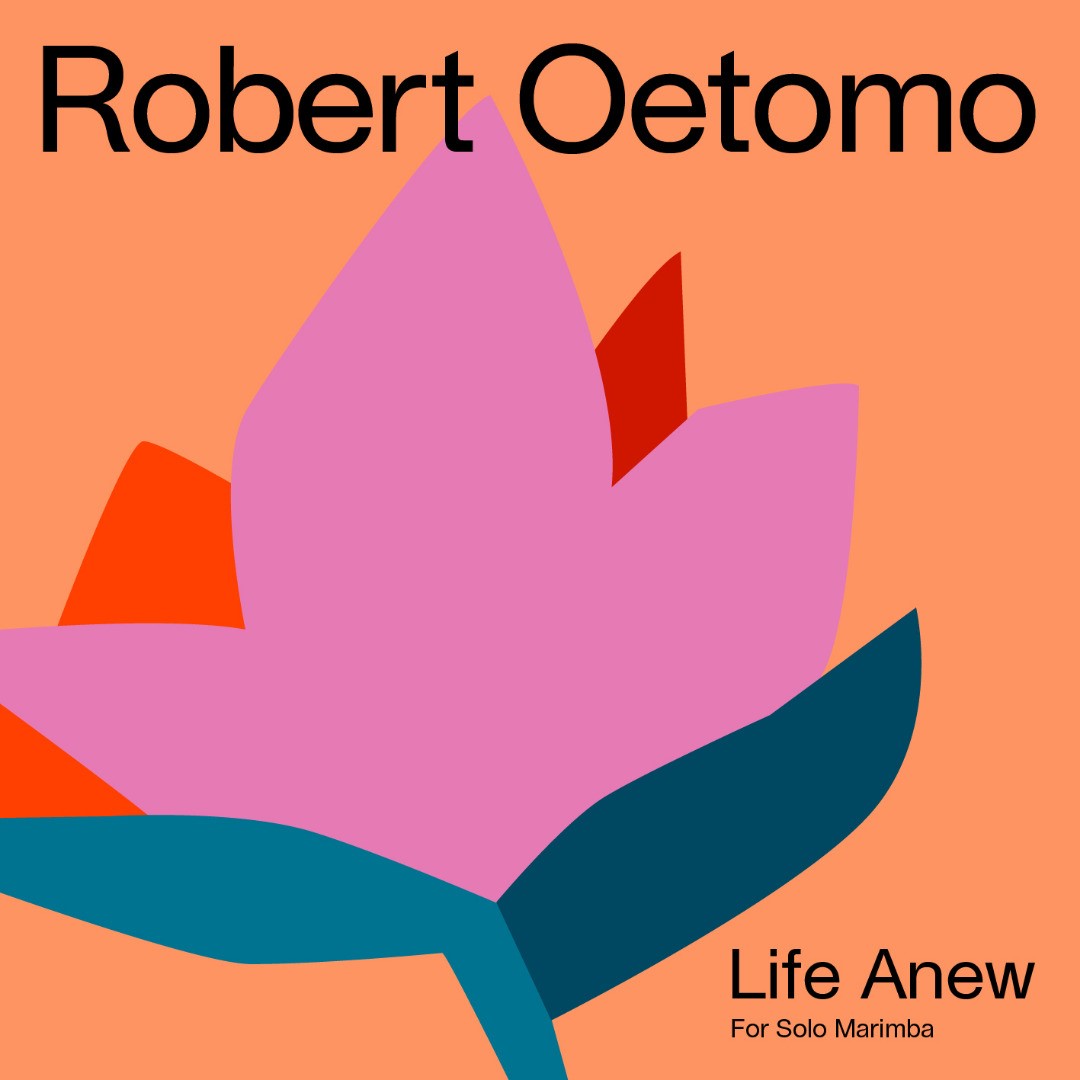
Two Lullabies
Composer: Robert Oetomo
Instrument: Marimba
Level: Intermediate
Published: 2012
Price: €16.00
Item details
-
Description +
-
Duration: 7-8 min.
Two Lullabies for solo marimba is dedicated to two very special people in my life.
Composed in 2011, Evergreen Lullaby is dedicated to a dear friend of mine, Allyce Burton. The work explores the marimba in a pianistic way, with the left and right hands independent of one another. The left hand plays an ostinato of five ascending and descending pitches, while the right hand plays an independent melody grouped as 6 + 4 + 4 + 6 over two bar phrases.
Composed in 2012, Lilia’s Lullaby is dedicated to my marimba teacher, Jasmin Kolberg. One of her many practice philosophies is to sing out loud while playing at the same time. The work explores the creation of legato phrases on the marimba. Due to the limited sustain of the marimba, legato phrases are difficult to achieve. Singing out loud while playing the marimba has helped me achieve legato phrases.
-
-
Instrumentation +
-
Marimba (5-octave)
-
-
Watch+
-
Lilia's Lullaby (from Two Lullabies), performed by Yuri Hirokawa:
-
-
About the composer +
-
Indonesian-born Australian percussionist and composer Robert Oetomo (b. 1988) studied his Master of Music (Künstlerische Ausbildung) degree in performance at the Staatliche Hochschule für Musik und Darstellende Kunst Mannheim, where he received highest distinction for his final graduation recital in 2014. He completed his Bachelor of Music (Performance) Honours Class I at the Sydney Conservatorium of Music, Australia in 2010. His previous teachers include Professor Dennis Kuhn, Jasmin Kolberg, Claire Edwardes, Daryl Pratt, Richard Miller and Gary Wain. He has accumulated many national and international awards including third prize in the Vibraphone category of the 9th Percussive Arts Society Italy International Percussion Competition in 2011, the ‘Just Percussion Marimba Prize’ at the Australian Percussion Gathering (APG) 2010, first prize in both the Open Marimba and Open Vibraphone categories of the 2010 Australian Percussion Eisteddfod and second prize at the 2008 Melbourne Symphony Orchestra Snare Drum Award. He also won the 2010 Sydney Conservatorium Percussion Concerto Competition, and was finalist in the 2012 Yamaha Music Foundation Europe Scholarship Competition.
A versatile percussionist, Robert has performed with different orchestras and ensembles including the Australian Opera and Ballet Orchestra, the Württembergisches Kammerorchester Heilbronn, the Kurpfälzischen Kammerorchester Mannheim, the Australian Youth Orchestra, Synergy Percussion and Mannheimer Schlagwerk. He presented his paper, ‘The Transcription of J. S. Bach’s Unaccompanied Cello Suites for the Modern Marimba,’ at APG 2010 Symposium ‘Moving Ground – The Changing Face of Percussion’. Robert was invited to perform his work, The Legend of the Golden Snail, at the Gala Concert of APG 2010, performing with highly acclaimed percussionists including Steve Schick, Sylvio Gualda and Kuniko Kato.
As a composer, Robert passionately advocates the development of percussion music. He has composed numerous works for percussion which have been performed all over the world. His first symphonic work, Spirit of The Dreaming with solo didgeridoo, was premiered at the ‘2008 Aurora Music Festival’ in Sydney, Australia. Later that year, it was performed again with renowned didgeridoo soloist, William Barton. Robert was selected for the 2010 Ku-Ring-Gai Philharmonic Orchestra Composers' Workshop program during which he composed his new orchestral work, Reflections on an Island’s Landscape, under the mentorship of composer Nigel Butterley and John Peterson. His works are published by Edition Svitzer and Tapspace Publications. Robert is an Encore Mallets, Inc. endorser.
-
-
Reviews +
-
Review (Percussive Notes, March 2013)
Full of sentiment and charm, these short pieces are sure to please any audience while offering a meaningful performance experience.
Almost exclusively, the work utilizes the first four octaves of the instrument. The writing is very “vertical,” requiring the performer to use single independent and double vertical strokes almost exclusively. The first movement is not as demanding as the second; the second is written in more of a piano style, requiring constant arpeggios in the left hand while the right hand plays the melody. The differences between the movements allow for a natural progression of learning.
Reminiscent of the marimba works of Takatsugu Muramatsu, I expect these short, sweet lullabies will find their way into the repertoire of many students and professionals alike.—T. Adam Blackstock
-
-
Credits +
-
Front Cover graphics and layout: Evi O.
Engraving: Robert Oetomo & Johan Svitzer
Printed in Copenhagen, Denmark
Copyright © Edition SVITZER
www.editionsvitzer.com
-







